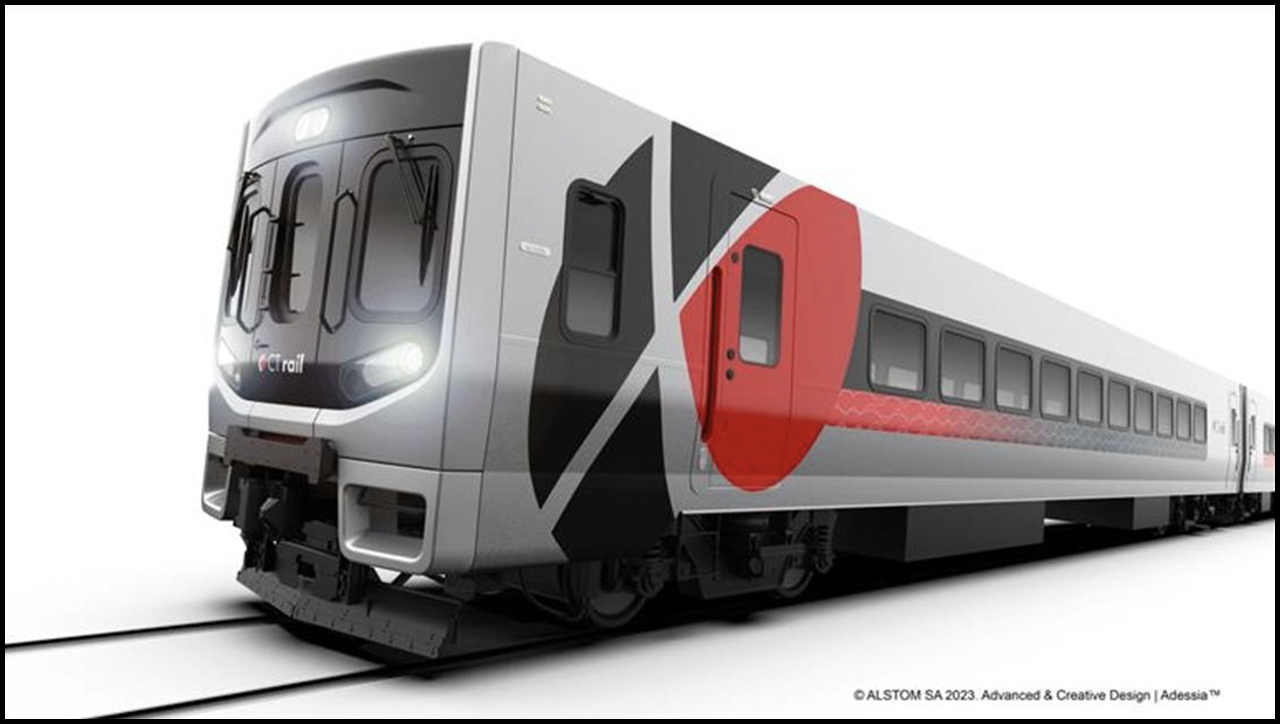MTA just released their
20-year Needs Assessment (
PDF), which evaluates many rapid transit and commuter rail expansion projects. They include a mix of popular projects that may already be in planning (Interborough Express, fixing Rogers Junction) and projects that are clearly dumb and confirmed to be low value by these studies (W to Red Hook).
While there are obvious issues such as extremely high cost estimates (almost $2 billion for a 2-stop elevated extension or to add an infill station on an underground line) and even possibly sandbagged projects (Utica Ave), I think the important thing is they're at least actively planning future transit extensions amid the cost blowups.
Does MBTA even have such a list of projects that they're looking into for the future, other than BRT like SL6? I feel that with the exception of Red-Blue, the T has expressed almost zero interest in expanding the system in recent decades. Even projects that did get completed, such as GLX and Silver Line Transitway, were more because they were forced to due to Big Dig.
There are a lot of low-hanging fruits (GLX to Route 16 and Porter, Needham rapid transit conversion) and important projects (regional rail and electrification, BLX to Lynn, GL Nubian branch) that the T really should have started thinking about right now, and that's before we consider more transformative, long-term stuff like NSRL, Urban Ring and GL Reconfiguration. Right now, I'm not even seeing any signs of it. Most studies that examined them seem to be from almost 20 years ago or even older.
-----------------------------------
Update:
The Program for Mass Transit (PMT) is probably the closest we have for MBTA:
The Program for Mass Transportation (PMT) is the Massachusetts Bay Transportation Authority’s long-range capital planning document; it defines a 25-year vision for public transportation in eastern Massachusetts. The MBTA’s enabling legislation requires the Authority to update the PMT every five years and to implement the policies and priorities outlined in it through the annual Capital Investment Program (CIP). The PMT also defines the universe of transit projects that can be drawn on for inclusion in the Boston Region Metropolitan Planning Organization’s Long-Range Transportation Plan and in its Transportation Improvement Program (TIP). It is through the TIP that eligible projects receive federal funding. In addition to supporting regional planning, the PMT provides input to the statewide, multimodal, long-range transportation plan developed by the Massachusetts Department of Transportation.
However, the most recent PMT was from 2009, even though they're supposed to be updated every 5 years. The most recent PMT that included a cost-benefit analysis of transit projects was from
2003, and that's the one that F-Line quotes often.
Edit: Added correct link



